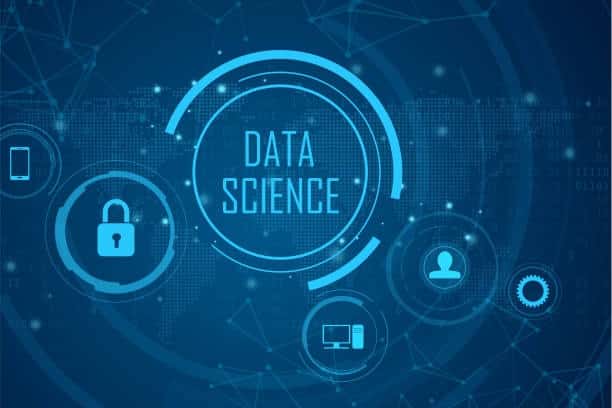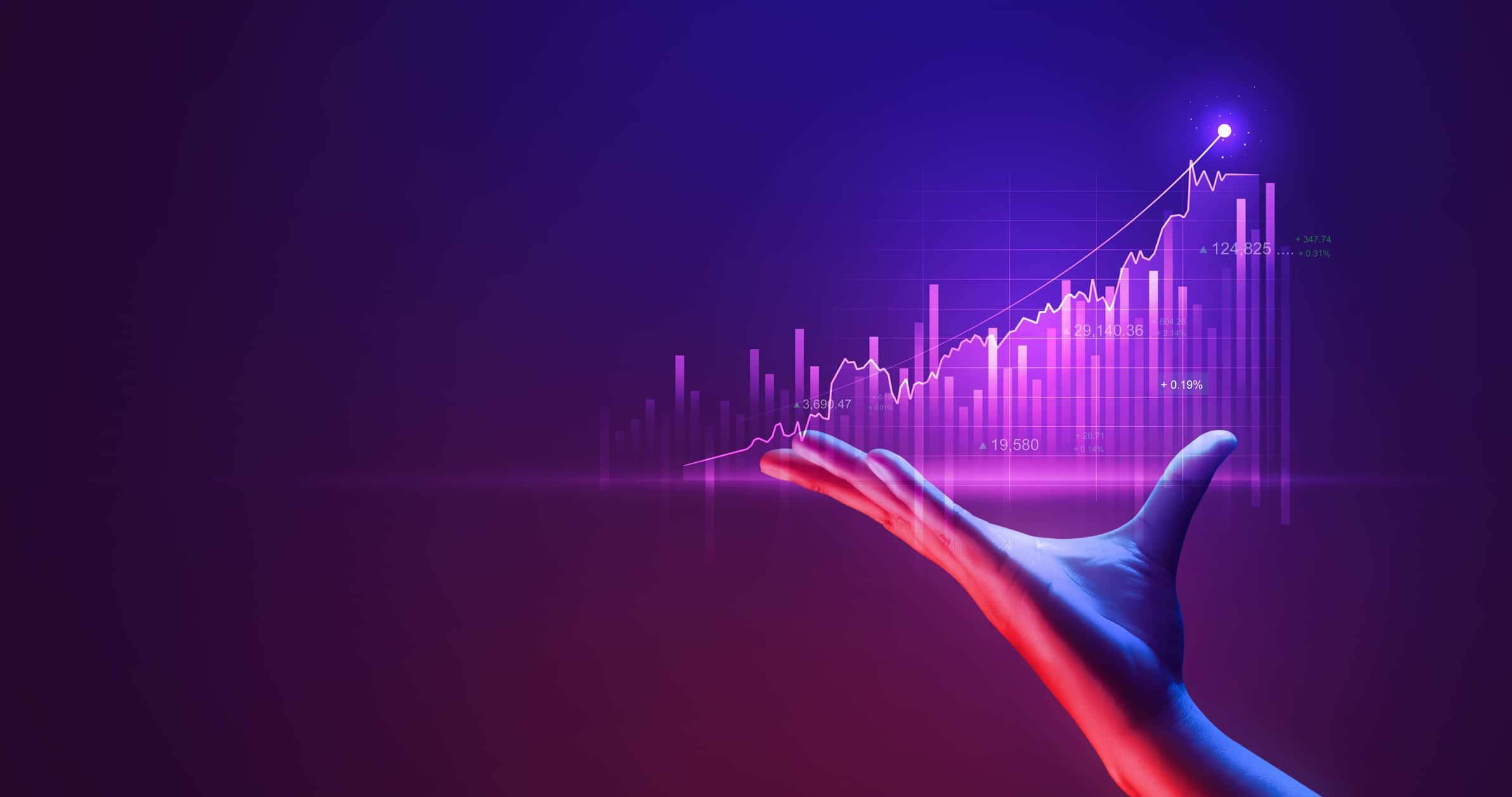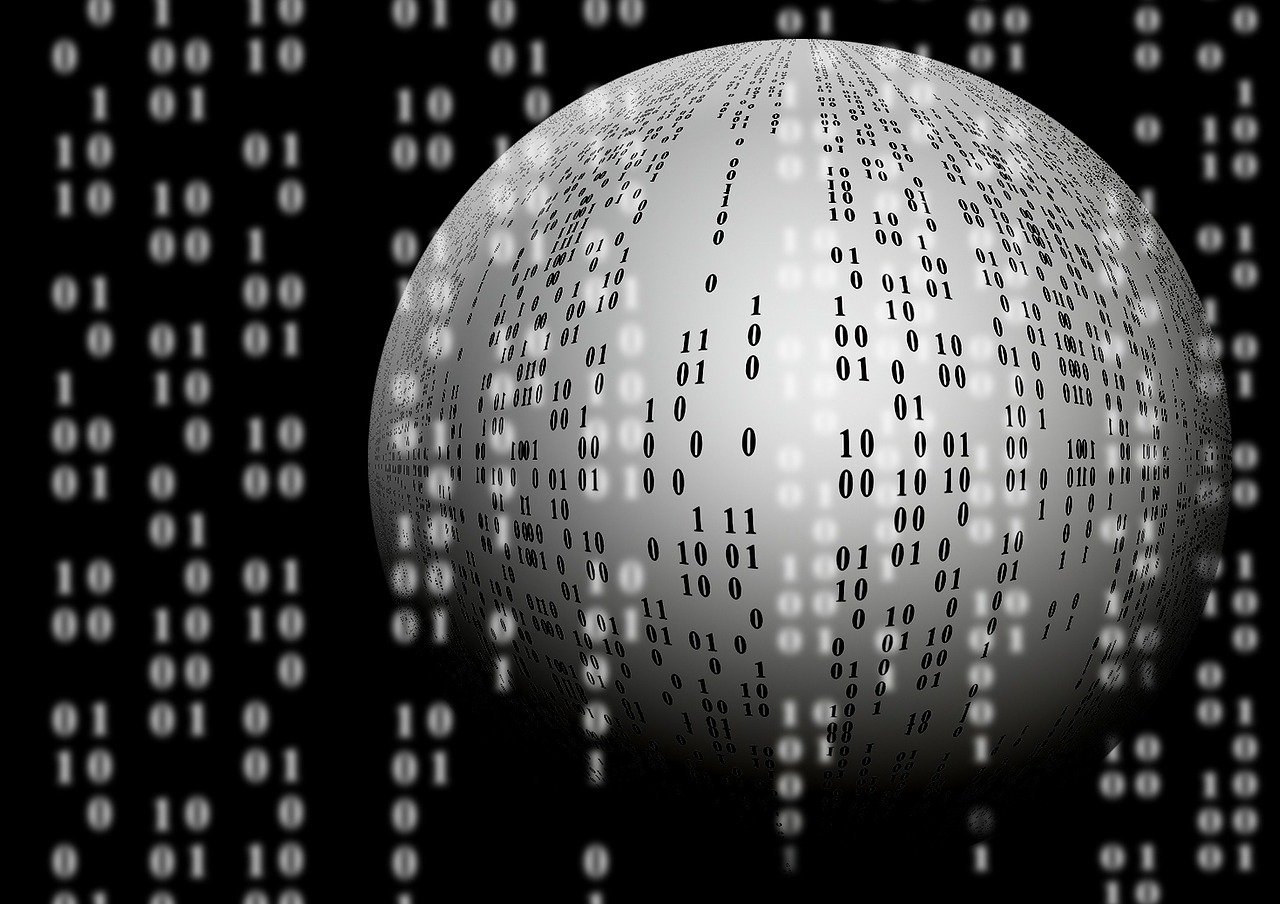Introduction
In the fast-paced realm of data-driven decision-making, the roles of data analysts and data scientists have gained significant prominence. While the terms “data analyst” and “data scientist” are often used interchangeably, there are key distinctions that set them apart. In this blog, we will delve into the definitions, backgrounds, educational requirements, job functions, skills, differences, and similarities between data analysts and data scientists. Additionally, we will explore their respective roles and responsibilities, as well as the average salaries they command in India, the US, UK, and Canada.
Definition
Data Analyst: A data analyst is a professional who gathers, organizes, and interprets complex sets of data to uncover meaningful insights, trends, and patterns. They primarily focus on transforming raw data into actionable information, allowing businesses to make informed decisions.
Data Scientist: Data scientists are analytical experts who use advanced algorithms, statistical models, and programming skills to extract insights, build predictive models, and solve complex business problems. They possess a blend of technical expertise, statistical knowledge, and domain-specific insights.
Educational Requirements
Data Analyst: A bachelor’s degree in mathematics, statistics, economics, computer science, or a related field is typically the minimum educational requirement for a data analyst. However, relevant work experience and industry certifications can also play a significant role.
Data Scientist: Data scientists often hold advanced degrees such as a master’s or Ph.D. in computer science, statistics, mathematics, or a related discipline. A solid foundation in mathematics, statistics, programming, and machine learning is crucial for success in this field.
What Do They Do?
Data Analyst: Data analysts collect, clean, and organize data from various sources. They perform exploratory data analysis, generate reports, create visualizations, and present insights to stakeholders. They also collaborate with teams to develop strategies for data collection and ensure data quality.
Data Scientist: Data scientists employ advanced statistical techniques, machine learning algorithms, and programming languages to develop predictive models, build recommendation systems, and identify patterns in large datasets. They design experiments, perform data mining, and provide actionable insights to drive decision-making.
Skills
Data Analyst:
Here are the skills required to pursue a career as a data analyst:
- Proficiency in Data Analysis Tools: Data analysts should be familiar with tools such as SQL (Structured Query Language) for querying databases, Excel for data manipulation and analysis, and other data analysis software.
- Data Visualization: The ability to effectively present data insights through visualizations is crucial. Skills in using data visualization tools like Tableau, Power BI, or Python libraries such as Matplotlib and Seaborn are highly valuable.
- Statistical Analysis: Data analysts need a solid foundation in statistical concepts to perform data-driven analysis, hypothesis testing, and understand statistical models.
- Problem-Solving: Strong problem-solving skills help data analysts analyze complex data sets, identify patterns, and derive meaningful insights to address business challenges.
- Domain Knowledge: Having a deep understanding of the industry or domain you are working in allows data analysts to interpret data within the appropriate context and provide actionable recommendations.
- Data Cleaning and Preprocessing: The ability to clean and preprocess raw data, including handling missing values, removing outliers, and transforming data into a usable format, is essential for accurate analysis.
- Critical Thinking: Data analysts need to think critically to identify data-related issues, formulate relevant questions, and apply analytical techniques to uncover meaningful insights.
- Communication Skills: Effective communication is vital for data analysts to convey complex findings to both technical and non-technical stakeholders. This includes presenting insights in a clear and understandable manner.
- Attention to Detail: Being meticulous and paying attention to detail is crucial in data analysis to ensure accuracy and maintain data integrity throughout the analysis process.
- Programming Skills: While not always a requirement, proficiency in programming languages such as Python or R can greatly enhance a data analyst’s capabilities by enabling automation, data manipulation, and more advanced analysis techniques.
By developing these skills, aspiring data analysts can position themselves for success in the field and contribute to data-driven decision-making processes within organizations.
Data Scientist
Here are the skills required to pursue a career as a data scientist:
- Statistical Analysis and Modeling: Data scientists should have a strong foundation in statistical analysis, including proficiency in statistical techniques, hypothesis testing, and experimental design. They should also be skilled in building and evaluating predictive models.
- Programming Skills: Proficiency in programming languages such as Python or R is essential for data scientists. They should be capable of writing efficient code for data manipulation, analysis, and building machine learning models.
- Machine Learning: Data scientists need a deep understanding of machine learning algorithms, including supervised and unsupervised learning, feature selection, model evaluation, and optimization. They should also be familiar with popular machine learning libraries and frameworks.
- Data Wrangling and Cleaning: Cleaning and preprocessing data is a critical step in the data science process. Data scientists should have expertise in handling missing values, dealing with outliers, data imputation, and transforming data into a suitable format for analysis.
- Data Visualization: The ability to effectively visualize data and communicate insights is important. Data scientists should be skilled in using data visualization tools like Matplotlib, Seaborn, or Tableau to present complex findings in a clear and visually appealing manner.
- Big Data Tools: Proficiency in big data tools and technologies, such as Hadoop, Spark, or SQL, is valuable for working with large and complex datasets.
- Deep Learning: Familiarity with deep learning techniques, neural networks, and deep learning frameworks like TensorFlow or PyTorch is beneficial for tackling complex problems such as image recognition or natural language processing.
- Domain Knowledge: Having domain expertise in the industry or field in which data scientists are working helps in understanding the context of the data, identifying relevant features, and making more meaningful interpretations and recommendations.
- Problem-Solving and Analytical Thinking: Data scientists need strong problem-solving skills and the ability to think analytically to approach complex data challenges, formulate relevant questions, and develop innovative solutions.
- Communication and Storytelling: Data scientists should possess excellent communication skills to convey their findings and insights to both technical and non-technical stakeholders. They should be able to translate complex analyses into clear, actionable insights.
By developing and honing these skills, aspiring data scientists can thrive in their roles and contribute to data-driven decision-making processes, uncovering valuable insights and driving business success.
Differences and Similarities
Data analysts and data scientists share a common objective of extracting insights from data, but their approaches and responsibilities differ. Data analysts focus on descriptive and diagnostic analytics, while data scientists delve into predictive and prescriptive analytics. Data analysts primarily work with structured data, while data scientists deal with both structured and unstructured data.
Roles and Responsibilities:
Data Analyst:
The roles and responsibilities of a data analyst can vary depending on the organization and industry. However, here are some common roles and responsibilities associated with the position of a data analyst:
- Data Collection and Cleaning: Collecting, organizing, and cleaning large datasets from various sources to ensure data integrity and quality for analysis.
- Data Analysis and Interpretation: Analyzing data using statistical methods, data visualization, and other analytical techniques to identify patterns, trends, and insights. Interpreting the results and translating them into meaningful business insights.
- Reporting and Presentation: Creating clear and concise reports, dashboards, and visualizations to present findings and insights to stakeholders. Communicating complex data analysis results in a way that is understandable and actionable.
- Data Validation and Quality Assurance: Ensuring the accuracy and reliability of data by performing data validation and quality checks. Identifying and resolving data discrepancies or anomalies.
- Business Requirements Analysis: Collaborating with business stakeholders to understand their data needs and requirements. Translating business questions into data analysis tasks and defining appropriate metrics and key performance indicators (KPIs).
- Ad Hoc Data Queries: Responding to ad hoc data queries and requests from various departments or teams within the organization. Providing data-driven solutions and recommendations to address specific business challenges.
- Data Visualization: Creating visual representations of data using charts, graphs, and interactive dashboards to effectively communicate complex information and facilitate data-driven decision-making.
- Continuous Improvement: Staying updated with the latest data analysis techniques, tools, and industry trends. Continuously improving data analysis processes and identifying opportunities for automation and efficiency gains.
- Collaborative Work: Collaborating with cross-functional teams, such as data engineers, business analysts, and stakeholders, to gather requirements, share insights, and drive data-related projects forward.
- Data Governance and Compliance: Ensuring compliance with data privacy regulations and organizational data governance policies. Adhering to best practices for data handling, security, and confidentiality.
It’s important to note that the specific roles and responsibilities of a data analyst can vary depending on the organization’s size, industry, and the maturity of their data analysis practices. Data analysts play a crucial role in extracting valuable insights from data, supporting decision-making processes, and contributing to the overall success of an organization.
Data Scientist:
The roles and responsibilities of a data scientist can vary depending on the organization and industry. However, here are some common roles and responsibilities associated with the position of a data scientist:
- Data Exploration and Preparation: Collecting, cleaning, and preprocessing large and complex datasets to ensure data integrity and quality for analysis. Identifying relevant features and transforming data into a suitable format for modeling.
- Statistical Analysis and Modeling: Applying statistical analysis techniques to explore and understand data. Building and implementing machine learning models, such as regression, classification, clustering, and time series analysis, to extract meaningful insights and make predictions.
- Feature Engineering: Creating and engineering new features from existing data to improve model performance and capture relevant patterns or trends.
- Model Evaluation and Validation: Assessing model performance through rigorous evaluation metrics and validation techniques. Fine-tuning models to optimize accuracy, precision, recall, or other relevant metrics.
- Data Visualization: Creating clear and effective visualizations of data and model results to communicate complex findings to both technical and non-technical stakeholders. Present insights and recommendations in a visually appealing and understandable manner.
- Data-Driven Decision Making: Collaborating with business stakeholders to understand their objectives and challenges, and providing data-driven insights and recommendations to drive decision-making processes.
- Predictive Analytics: Developing predictive models to forecast future trends, customer behavior, or business outcomes. Leveraging advanced techniques such as time series analysis, forecasting, and recommendation systems.
- Big Data Processing: Working with large-scale datasets and big data technologies like Hadoop, Spark, or distributed computing frameworks to analyze and extract insights from high-volume, high-velocity, and diverse data sources.
- Research and Innovation: Staying updated with the latest advancements in data science, machine learning, and artificial intelligence. Exploring new algorithms, techniques, and tools to improve analysis methods and drive innovation.
- Cross-functional Collaboration: Collaborating with data engineers, business analysts, domain experts, and other stakeholders to gather requirements, share insights, and drive data-related projects forward.
- Ethical and Responsible Data Science: Adhering to ethical practices in data collection, analysis, and model deployment. Ensuring fairness, transparency, and accountability in data science processes, particularly when dealing with sensitive or personal data.
It’s important to note that the specific roles and responsibilities of a data scientist can vary depending on the organization’s size, industry focus, and specific project requirements. Data scientists play a critical role in leveraging data to uncover insights, solve complex problems, and drive data-informed decision-making processes within organizations.
Average Salaries in India, the US, the UK, and Canada
Salaries can vary depending on factors such as experience, location, industry, and company size. However, here is a general overview of average salaries:
- India: Data analysts earn an average annual salary of INR 6-8 lakhs, while data scientists earn around INR 10-15 lakhs.
- United States: Data analysts have an average annual salary of $65,000 to $95,000, while data scientists earn $100,000 to $150,000 per year.
- United Kingdom: Data analysts earn an average annual salary of £25,000 to £45,000, while data scientists can earn between £40,000 and £80,000 per year.
- Canada: Data analysts earn an average annual salary of CAD 50,000 to CAD 70,000, while data scientists earn approximately CAD 75,000 to CAD 120,000 per year.
Conclusion
Data analysts and data scientists play crucial roles in leveraging data for informed decision-making. While data analysts focus on interpreting and presenting data insights, data scientists possess advanced skills in statistical modeling and machine learning. Understanding the distinctions and similarities between these roles can help individuals choose the path that aligns with their interests and skills. With the ever-increasing reliance on data, both data analysts and data scientists will continue to be in high demand, shaping the future of data-driven organizations.











